
Welcome to the Opera – Book Recommendation

As a kid, I remember that every single time I was able to try out a “push a button and listen” style of interactive book I was filled with pure delight. There is something so joyous and exciting about flipping through a book and seeing the little bubble telling me that it was time to PRESS THE BUTTON and listen to the accompanying sounds. When I was invited to take a look at the new book “Welcome to the Opera” I knew I couldn’t pass up the opportunity.
“Welcome to the Opera” by Carolyn Sloan and Kaly Quarles gives students a musical tour through the world of opera, showing them all the important players and elements along the way. We follow three musically-inclined dogs who are going to see a production of Mozart’s “The Magic Flute.” Along the way we learn about essential parts of opera—voice parts like soprano and tenor; vocal techniques like recitative and melisma; arias, the orchestra, the chorus, sets, costumes, plot, and more. In this blog post I’m going to share some ideas about how I plan to incorporate this book into my classroom with some lesson ideas and extensions.
The Story – Discovering the Magic Flute
In this story we follow along with three dogs who have somehow scored tickets to a production of “The Magic Flute.” We walk into the opera house with the pooches, see them take their seats, and get an introduction into the basics of an opera. The way this book is set up is perfect for kids because it gives them definitions for each new vocabulary word in kid-friendly language. Then the book explains again through the characters of the dogs as each pooch asks clarifying questions. Check the picture below to see how this book explains the role of the orchestra and how and overture functions in an opera.
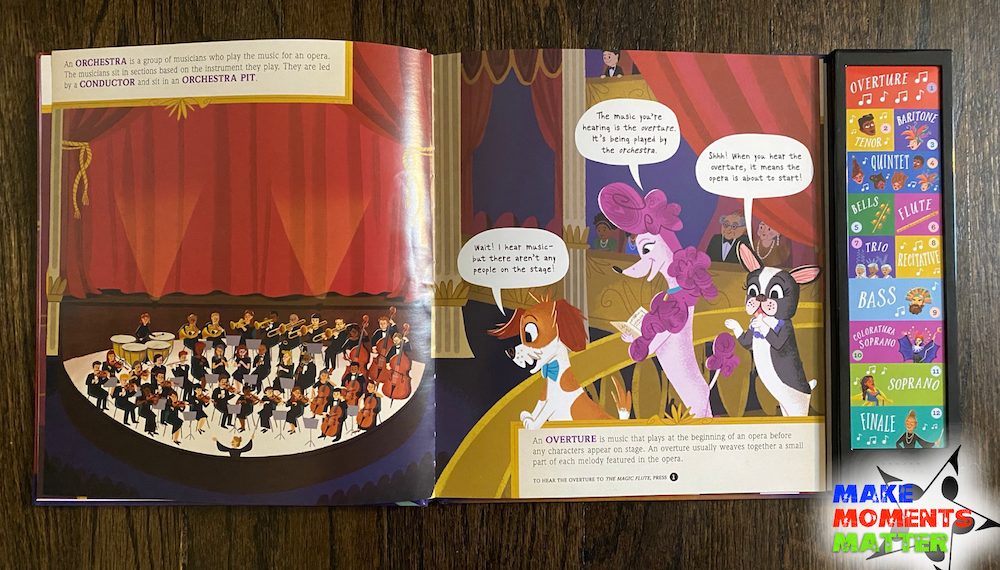
As we go further into the story we meet several characters along the way: Prince Tamino, Papageno, and the Queen of the Night. After meeting each character we learn a little about their role in the story of this specific opera and then we learn about each musician and what makes them unique. There’s a big focus on voice types and how every character is a little bit different. Prince Tamino is a tenor which means he has one of the highest-sounding male voices in the show and we also learn that tenors are typically cast as a hero. When we meet Papageno we learn about how a baritone voice is different from a tenor and we also learn about costume and how that functions in storytelling. Each page gives us one or two more details about how the opera tells the story, set, plot, characters, and the music behind it all.
And the best part, pushing the buttons! On nearly every page there’s an audio example to listen to and learn from. The snippets for Tamino and Papageno are both in English and when you listen to one right after the other it’s pretty easy to hear the difference between a tenor and baritone (something that my students always have troubles with). A little further on in the book you get to hear a coloratura soprano vs a soprano and again the pairing of the two and the explanation in the book make this concept super easy to understand. The musical excerpts are pretty short and are really good examples that emphasize the differences between the audio snippets.
How to Use This Book In the Classroom
As I said before, I have always been enraptured by these “push a button” books but I’ve never known how to use them in my classroom or if it was even possible. I didn’t feel like the sound-making books were really loud enough to fill a whole classroom so I wasn’t sure how to share them in a read aloud. Since the joy of these books is getting to push the buttons yourself, I wasn’t sure how to get the book into the hands of all my students. I knew there had to be a way…
I think that first this book needs to be used as a read aloud with the whole class. You could easily go through page by page and read through the story, explaining along the way as needed. While I still do the tried and true “come to the story chair and let’s read together” I actually prefer to take a book and put it under a document camera so that I can enlarge the pictures to show to the whole class. I was always a kid who was in love with the illustrations of the book and using a document camera to digitally enlarge the pictures in the moment is a no-brainer.
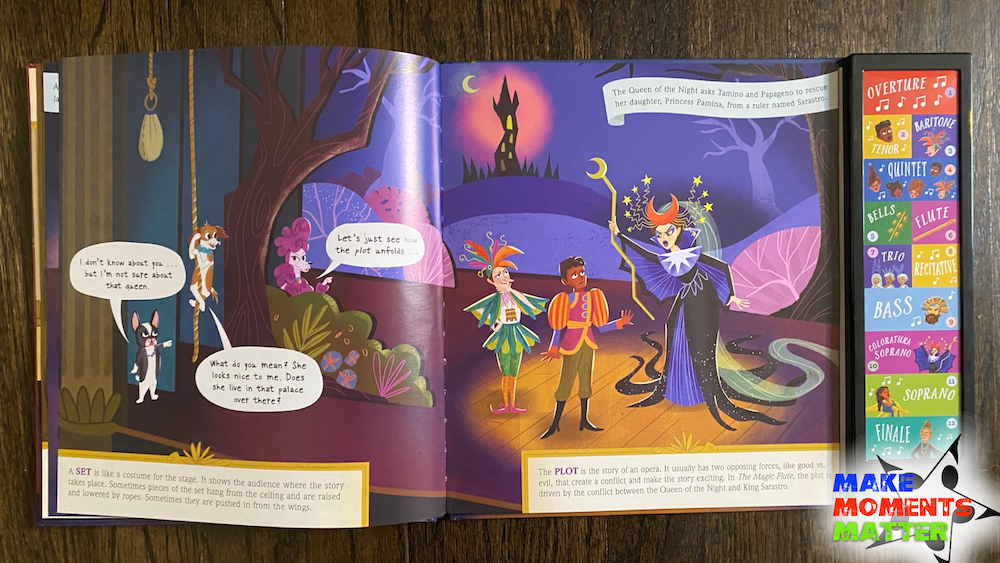
If you don’t have a document camera you might be able to use an iPad or phone and mirror the image through a digital projector. Seriously, I just did a YouTube search with the keywords “turn your mobile device into a document camera” and I got hits for iPhones, iPads, Androids, specific software, and other digital hacks that make this possible. My personal favorite accessory is this swing arm that helps to hold your device steady while you read.
Whenever you get to a “push the button and listen moment” I would suggest you choose one kid to come and press the button for you. This is a HUGE reward in the life of a kiddo, but how do you choose which kid to come and play the example. I think you can handle this situation in a couple different ways. You can pull out the classroom management trick of “I see someone sitting and listening so well and they get to come and push the button,” which usually works pretty well. You could also put all the kids names “in a hat” and draw out one at a time or use a digital randomizer to pull kids names for you so that students don’t think you’re favoring one person over another. How about the issue of hearing the example? I have a personal microphone that I use in my classroom for vocal amplification and I find that I’m able to put it next to the book and enhance the sound so that all kiddos can hear it well. Surprisingly it works pretty well!
Extensions and Ideas
“Welcome to the Opera” gives kids a great look into the world of opera but there’s always more to see and add that can enhance the experience for students. I’ve found a couple videos that I think are great additions to can help kids learn more about how opera works as a storytelling medium in general but also about what it’s like to sing opera, what it’s like behind the scenes, and what it sounds like to listen to an opera. Here are some video you that you might want to add:
I love the idea of using this book with a whole class and then putting it into a reading center. I often take books that we’ve read in class and place them in stations so that kids get a second chance to engage with the content and look through the story. Kids will love the chance to hold this book in their hands and press any and all buttons that they want. And honestly, that’s okay for me. If we’ve read the book in class together and heard all the sounds in sequence then I’m okay with kids going back and relistening and trying out the sounds again. For me, the opportunity to explore the book is priceless and I love the idea of kids doing this in small groups as they cycle through centers.
If you want to share a little more love about opera and get your classroom teachers excited in the process then check out this bulletin board set I made several years ago. I used the bulletin board to show off some of the more colorful elements of opera and did my best to make the set revolve around the basic elements of writing that kids learn every year in their classroom: beginning, middle, and end as well as character, setting, and plot. Kids hear about these elements of good writing all the time and relating opera to them this way helps them to see connections between opera and great story telling. Their homeroom teachers LOVED that I helped make these connections and they got a chuckle out of some of the pieces I added to the bulletin board. Learn more at this blog post.
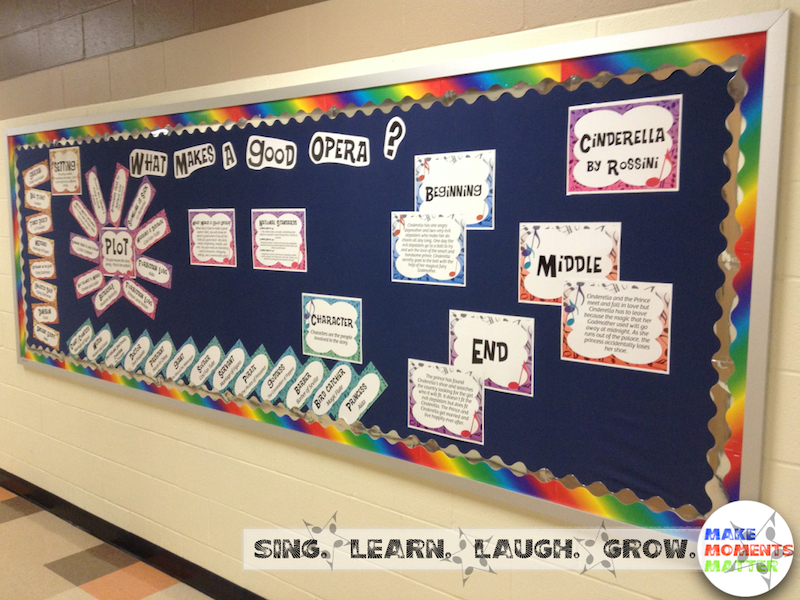
What else could you do? Well, the options are endless. Give kids a worksheet and make looking through the book a scavenger hunt. Maybe kids have to look for highlighted vocabulary words like quintet, trio, overture, and finale. Maybe they have to tell you a few things about the characters involved like how Papageno and Tamino got their magical gifts. Maybe they have to define words like set, plot or character. There are so many options!
And if you love this book, it’s just one in a series! There are two other books so far: “Welcome to the Symphony” and “Welcome to Jazz.” All three books are published by Workman Publishing Company and can be found all over with different booksellers. Pull all the titles and ask your PTA to buy them for the music room. Put them on your classroom wishlist! You never know who will want to purchase a book to be used in your classroom and it’s always worth asking!

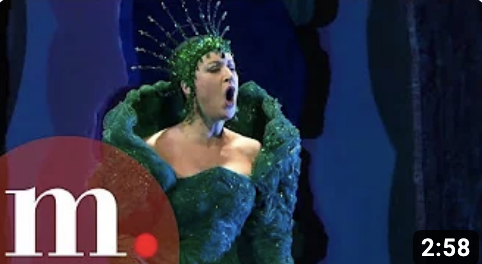

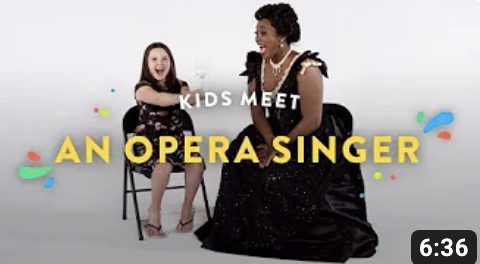

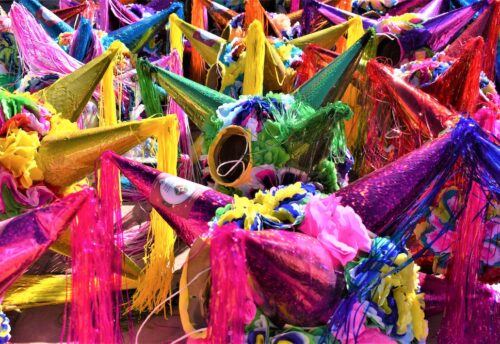
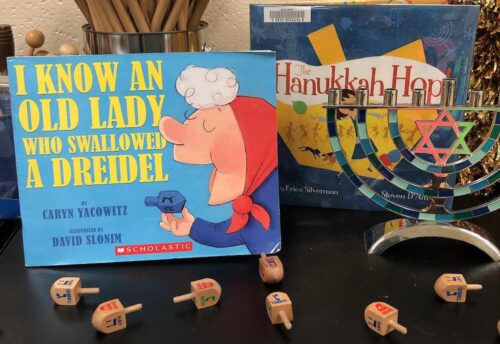
Leave a Reply